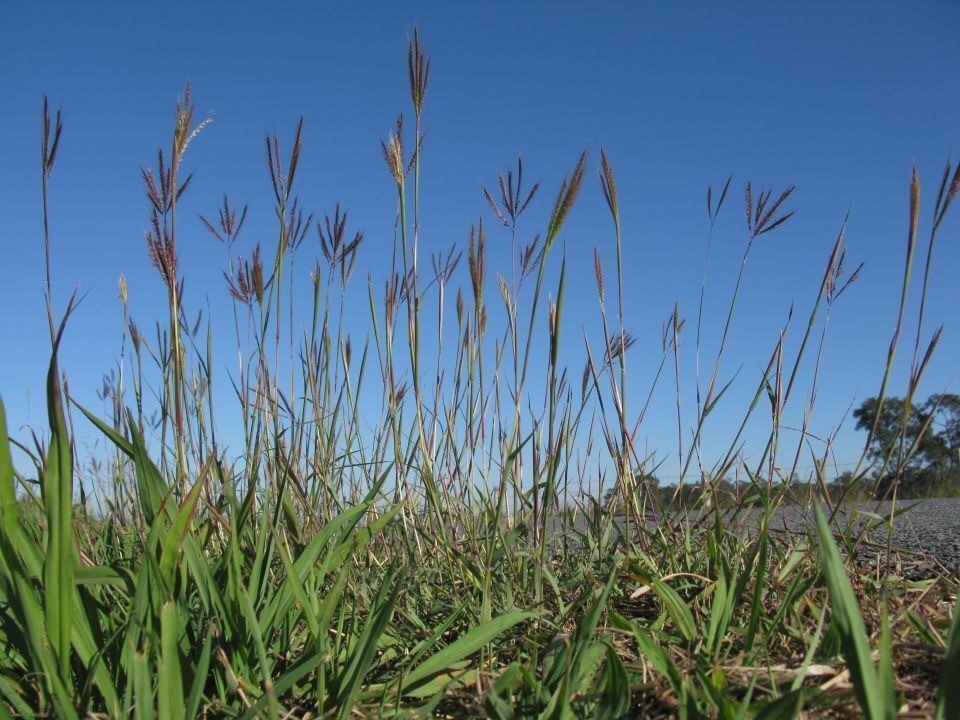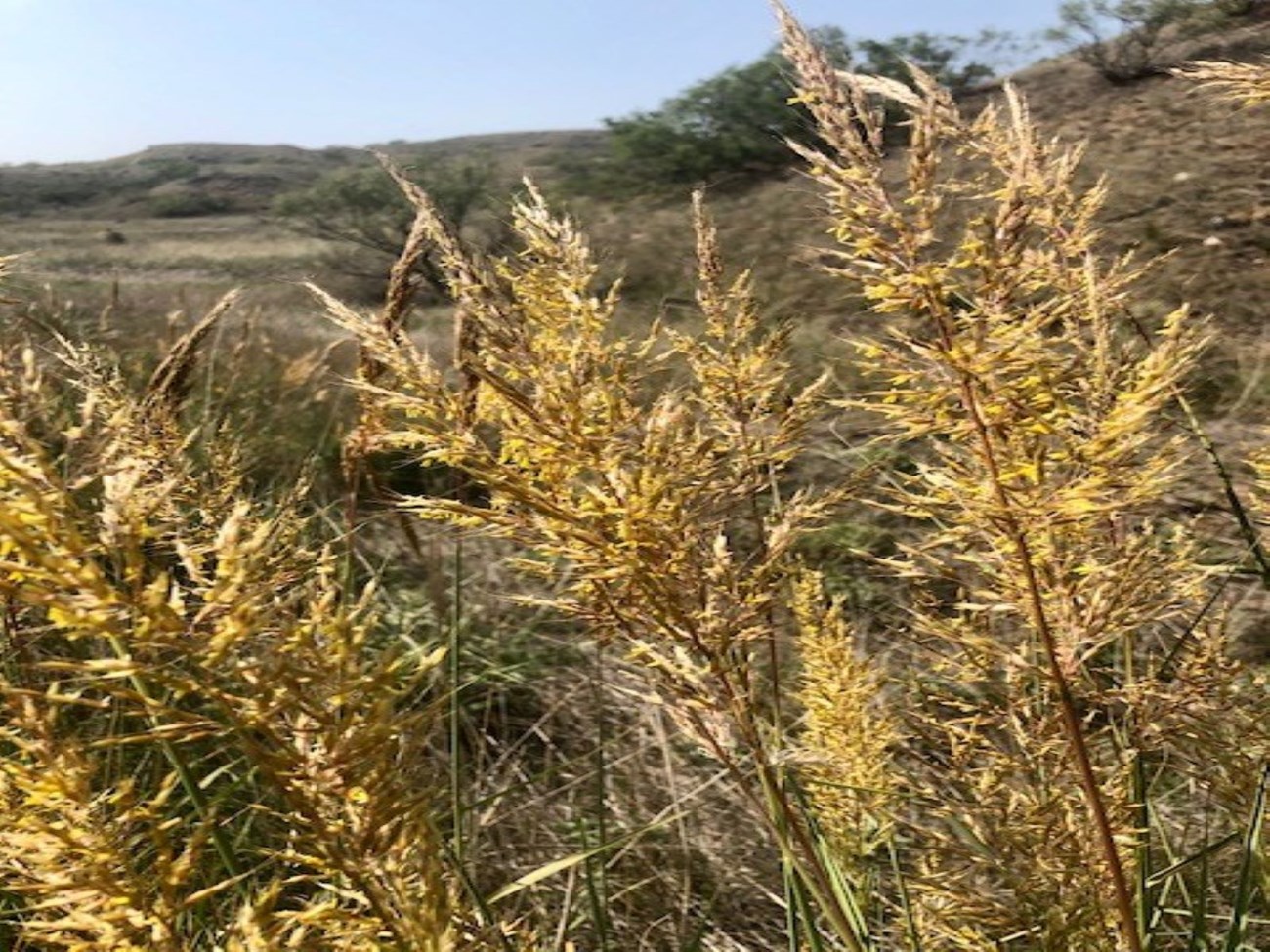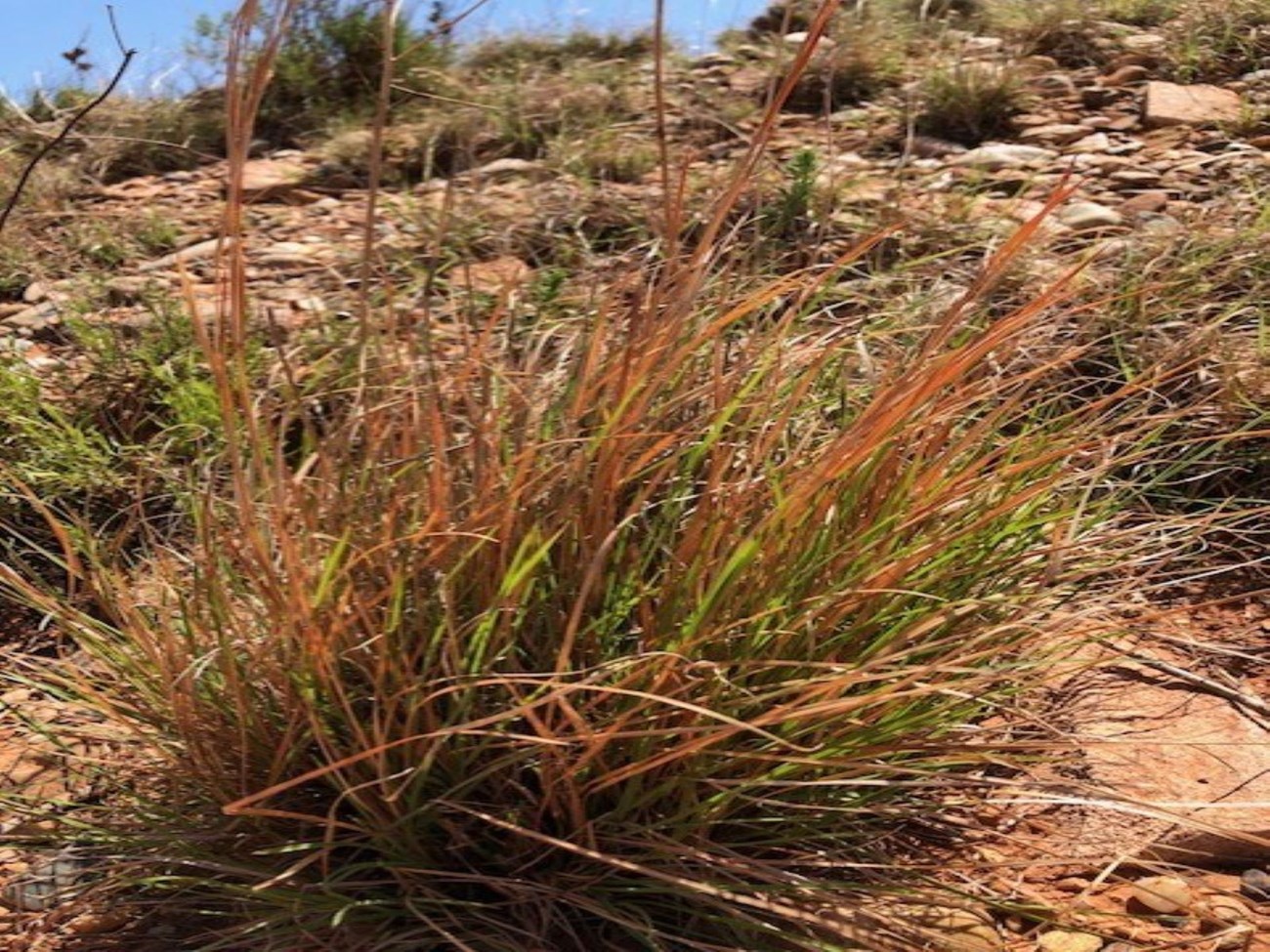
NPS Photo Big BluestemThis purple topped grass grows to heights of 6 ft. tall and is considered one of the four major grasses of the “Staked Plains.” Latin Name: Andropogon gerardii Common Name: Big Bluestem Habitat: Grows in meadows, prairie, or naturalized areas Blooming Period: July to October Fun Fact: This grass resembles a turkey foot because of its shape and dark purple color Uses: Can be used in native plant gardens as a screen or accent and the extensive root system helps with erosion control. 
NPS Photo Indian GrassThis golden-topped grass grows to 7 feet high and is considered one of the four primary grasses of the “Staked Plains.” Indian Grass can withstand drought, erosion, and air pollution. Latin Name: Sorghastrum nutans Common Name: Indiangrass Habitat: Rocky and clay soils Blooming Period: June-August and stays green until the first frost Fun Fact: Readily grazed by livestock and the leaf resembles a rabbit’s ears Uses: Provides excellent cover wildlife year-round and songbirds eat the seeds. 
NPS Photo Little BluestemLittle Bluestem is an important grass of the “Staked Plains.” It has a unique blue-green color in the spring and turns reddish-brown during the fall and winter. Little Bluestem is a warm-season grass and grows up to 5 ft. tall. Latin Name: Schizachyrium scoparium Common Names: Little Bluestem, Prairie Beardgrass Habitat: Grows in a wide range of moist to dry habitats on prairies and savannahs Blooming Period: June to September Fun Fact: Little Bluestem grass has blue-green foliage in the summer. Its yellow-orange leaves add great interest to the landscape during the fall season. Uses: This grass is important to ground nesting birds and is grazed by all species of livestock. 
NPS Photo SwitchgrassThis tall, bunchgrass is another important grass of the “Staked Plains.” Switchgrass grows between 3-7 feet high and has many uses. Latin Name: Panicum virgatum Common Name: Switchgrass Habitat: Wet and dry soils in prairies, open woods, and stream banks Blooming Period: July to February Fun Fact: An efficient plant for biofuels and has great potential in this industry Uses: Food source for wildlife and used for erosion control 
NPS Photo Buffalo GrassBuffalo Grass is a perennial grass native to the Great Plains. This grass grows to 8-10 inches with a thin turf and has blue-green color spreading by surface runners and seed. Latin Name: Bouteloua dactyloides Common Names: Buffalo Grass, Buffalograss Habitat: Dry to medium sandy soils Blooming Period: Early to mid-summer Fun Facts: The Plains Bison, also known as the American Buffalo, ate this grass. Buffalo Grass is a major component of the shortgrass prairie and is a larval host for Green Skipper Butterflies. Uses: A drought-tolerant grass used for turf areas and livestock forage |
Last updated: June 11, 2025
